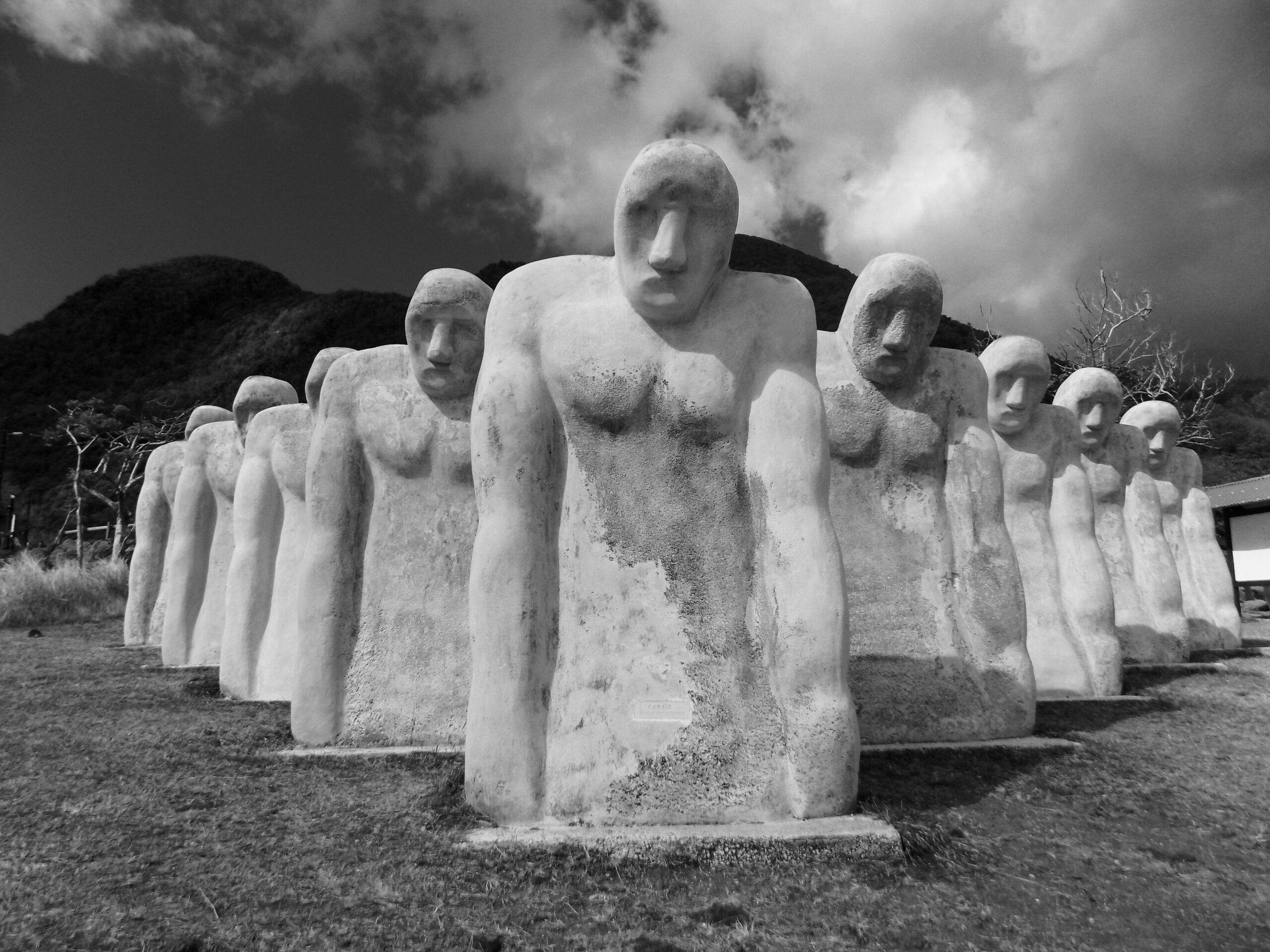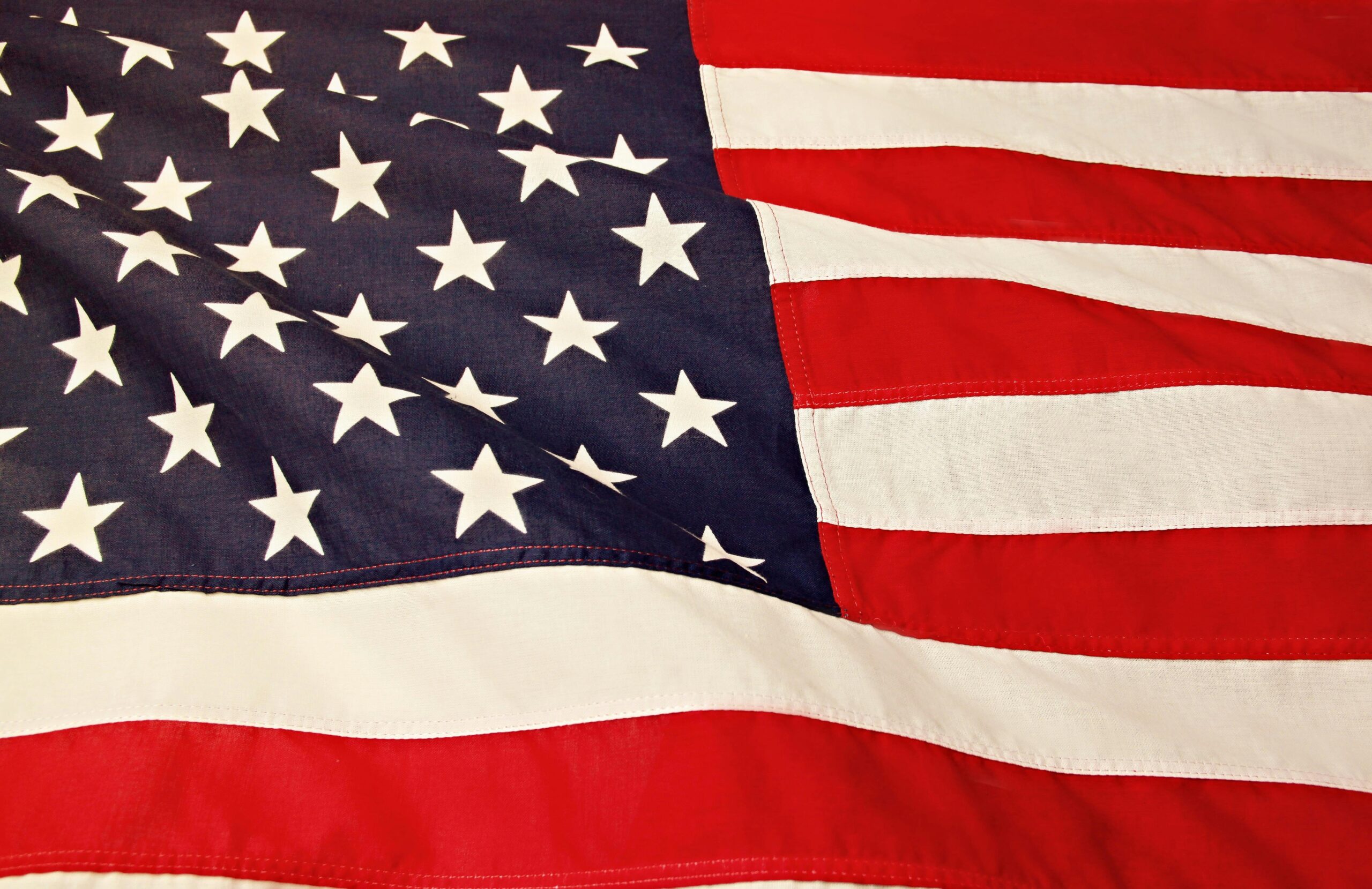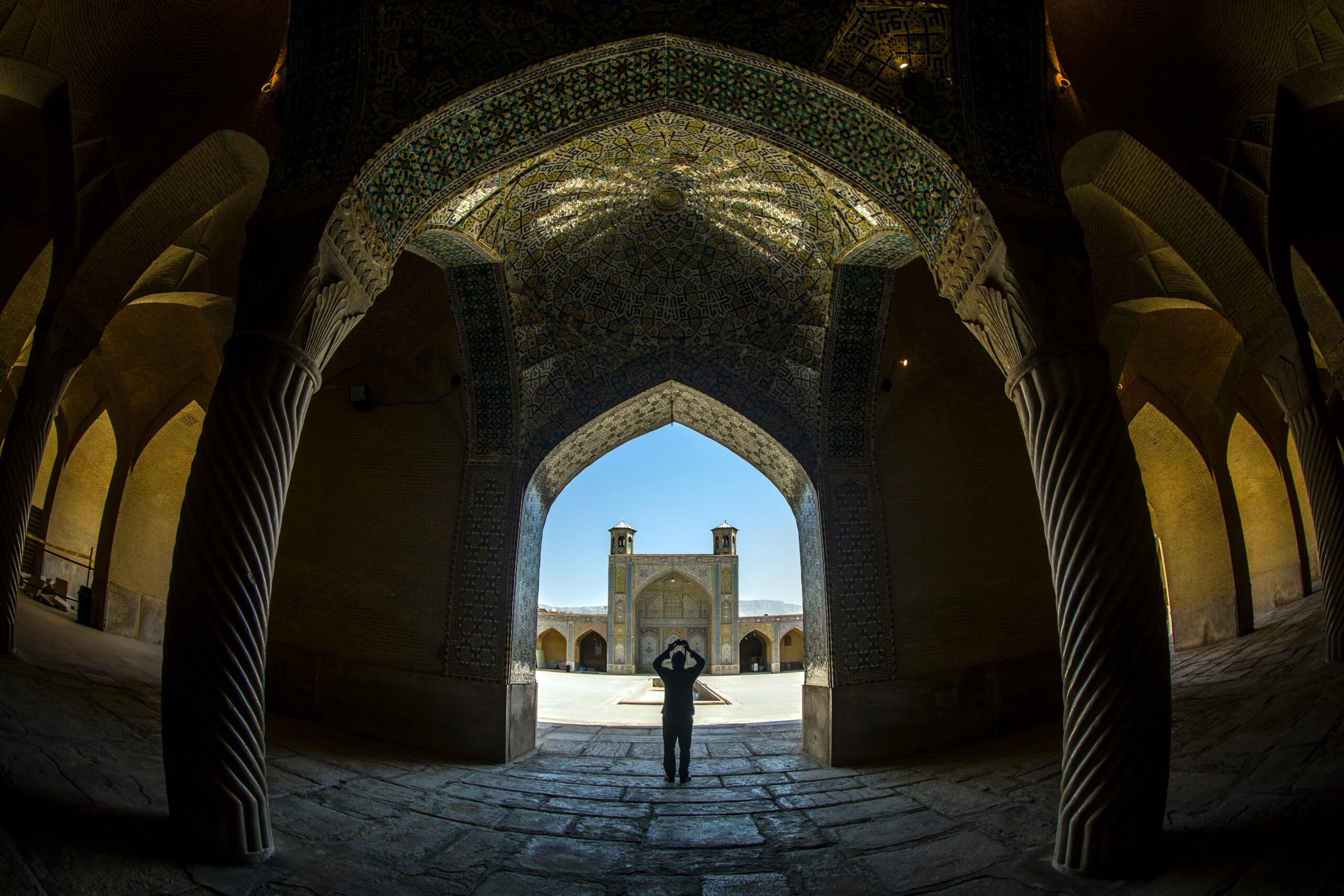The complex and often contentious relationship between the United States and Iran has deep historical roots, shaped by a series of significant events, political maneuvers, and cultural misunderstandings. Understanding this intricate history is crucial to grasping the current tensions that continue to influence global geopolitics. Here’s a look at the key moments that have defined U.S.-Iran relations over the past century.
Early Relations and the Shah’s Rise (1900s-1950s)
U.S.-Iran relations began on a relatively benign note in the early 20th century. American missionaries and educators were active in Iran, contributing to educational and healthcare systems. The U.S. was seen as a distant and non-imperial power, unlike Britain and Russia, which had significant colonial interests in the region.
However, the discovery of oil in Iran in 1908 brought Western powers, including the United States, into closer contact with the country. As oil became an increasingly valuable commodity, the geopolitical importance of Iran surged. The British, through the Anglo-Persian Oil Company, exerted significant control over Iran’s oil industry, creating widespread resentment among Iranians.
In 1951, this resentment culminated in the nationalization of the oil industry under Prime Minister Mohammad Mossadegh, a move that was celebrated by Iranians but viewed with alarm in the West. Fearing the loss of access to Iran’s oil and the spread of Soviet influence during the Cold War, the CIA, with British support, orchestrated a coup in 1953 to overthrow Mossadegh. The U.S. then supported the reinstatement of Mohammad Reza Shah Pahlavi, who ruled with an increasingly autocratic hand.
The Shah’s Rule and the Seeds of Revolution (1950s-1979)
The Shah’s regime, while modernizing and pro-Western, became increasingly repressive over time. His close ties with the U.S. and the lavish lifestyle he led, often seen as disconnected from the realities of ordinary Iranians, fueled growing discontent. The Shah’s government was also seen as overly dependent on the West, particularly the United States, leading to a perception of American complicity in the Shah’s authoritarianism.
In the 1970s, the Shah’s attempts at rapid modernization—known as the White Revolution—further alienated various segments of Iranian society, particularly the clergy and the bazaari class, who felt that traditional values were under threat. The gap between the wealthy elite and the poor widened, and resentment against both the Shah and his American backers grew.
This discontent erupted into the Iranian Revolution of 1979, a watershed moment that dramatically altered the course of U.S.-Iran relations. The revolution, which culminated in the ousting of the Shah and the establishment of the Islamic Republic under Ayatollah Khomeini, was both anti-monarchical and anti-American. The U.S. was labeled the “Great Satan,” and any semblance of a cooperative relationship quickly dissolved.
Post-Revolution Tensions and the Hostage Crisis (1979-1981)
The immediate aftermath of the revolution saw one of the most dramatic episodes in U.S.-Iran relations: the Iran Hostage Crisis. In November 1979, Iranian students stormed the U.S. Embassy in Tehran, taking 52 American diplomats and citizens hostage for 444 days. The crisis, which was broadcast on American television every night, deeply humiliated the U.S. and solidified animosity between the two nations.
This event also marked the beginning of the U.S. policy of economic sanctions and diplomatic isolation toward Iran, which has been a hallmark of relations ever since. The hostage crisis ended with the release of the hostages in January 1981, but the damage to the bilateral relationship was profound and lasting.
From Containment to Confrontation (1980s-Present)
In the decades following the revolution, U.S.-Iran relations have been characterized by a cycle of containment, confrontation, and occasional, brief attempts at diplomacy. During the 1980s, the Iran-Iraq War saw the U.S. indirectly support Iraq, further deepening Iranian distrust of American intentions.
The post-9/11 era brought new challenges, with President George W. Bush’s administration labeling Iran part of the “Axis of Evil.” Efforts to curb Iran’s nuclear ambitions have led to an ongoing series of diplomatic engagements and setbacks, with periods of negotiation often followed by renewed sanctions and threats of military action.
Conclusion: A Legacy of Distrust
The U.S.-Iran relationship is one marked by deep mistrust and historical grievances. From the coup of 1953 to the nuclear negotiations of today, both nations have found themselves at odds, driven by conflicting ideologies, strategic interests, and the weight of history. Understanding this legacy is key to any hope of resolving the ongoing tensions that continue to ripple across the Middle East and beyond.













Recent Comments